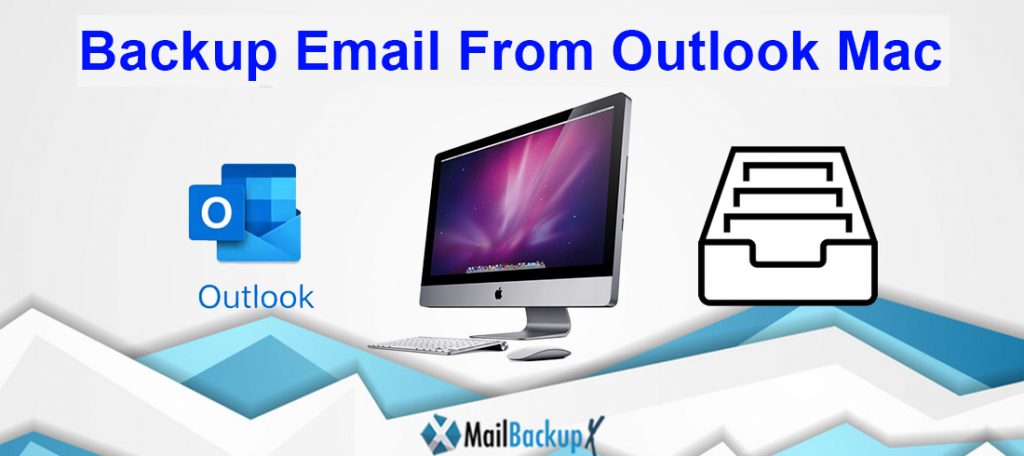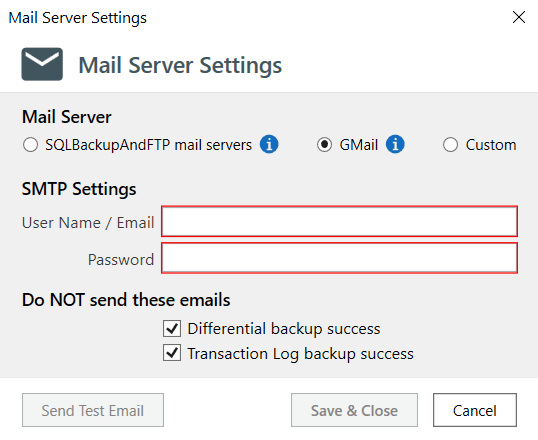
You can then configure a detailed scheduling to make backup backups and email notifications. You’ve to select the just created account, then you can specify the bucket name, a subfolder path, the backup type (full, incremental, differential), and may other options (compression, encryption, synchronization, etc.)Ĭlick on “OK” to save the destination and proceed. Configure the backup parameters for the Wasabi cloud destination: Secret Access Key: your Wasabi API secret keyĬheck “Use SSL” and set the signature version to 2.Ĭlick on “Save” to validate the account and have it in the list:Ĭlose this windows and go back to the destination configuration.Ĥ.

To use other Wasabi storage regions, please use the appropriate Wasabi service URL as described hereĪccess Key ID: your Wasabi API Access Key NOTE: This example discusses the use of Wasabi's us-east-1 storage region. Service Point (URL): s3. (for us-east-1 region) Add an S3 account, specifying your Wasabi credentials: Add a Cloud destination clicking on the related button (“Destinations” panel)ģ.

Create a new backup job and add the files, folders and other special items (drive images, ESXi or Hyper-V virtual machines, Exchange mailboxes, SQL Server databases, etc.) you want to back up to your Wasabi account:Ģ. Then follow the configuration steps below:ġ. You can use Iperius to back up your files, databases and virtual machines to Wasabi Hot Cloud Storage using the S3 protocol using the instructions below.įirst, download and install the latest version of Iperius Backup (21-days free trial). i get daily emails and good logs of the backups to easily troubleshoot any issues. We backup to a NAS which Iperius does without any issues.

Iperius Backup is certified for use with Wasabi. We use Iperius for daily backups of all out data, both full daily drive backups and VMs with full then incremental.


 0 kommentar(er)
0 kommentar(er)
